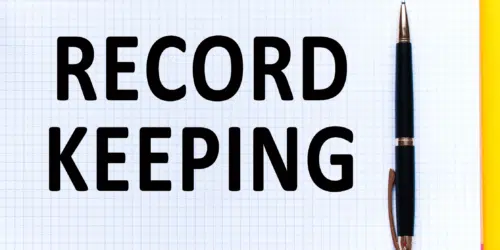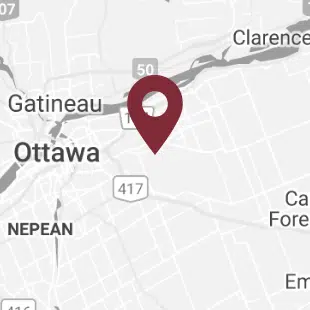What is the Motor Vehicle Accident Claims Fund?
The Motor Vehicle Accident Claims Fund (MVACF) is the payer of last resort in Ontario and is only available when no claim can be brought against another automobile insurance provider. It was established by the Ontario government and is managed by the Financial Services Commission of Ontario (FSCO). The MVACF:
- Provides Statutory Accident Benefits to claimants who are without recourse to any automobile insurance
- Includes compensation for personal injuries and property damage for victims of accidents where there is an unidentified driver, an uninsured driver, or a stolen vehicle with no liability insurance
- Attempts to recover money paid out to cover claims against owners and drivers of uninsured vehicles
Who Qualifies?
The MVACF only applies to accidents that occur in Ontario and can only be accessed by residents of the province.
When Is It Used
Most claims against the MVACF are the result of hit-and-run accidents where an uninsured pedestrian or cyclist is not able to identify the motor vehicle involved in the accident. There are also cases involving uninsured pedestrians and motorists and/or stolen vehicles.
Priority of Payments
If you are injured in a motor vehicle accident, there is an established priority for the insurers to which you would apply to recover no-fault benefits under the Statutory Accident Benefits Schedule (SABS). First, you would contact your own provider if you are covered by a policy of automobile insurance. If you do not have insurance but were an occupant in a vehicle involved in the accident, you would apply for benefits from the insurer of that vehicle. If neither of these options is available (if you were a pedestrian and are not covered by a policy of auto insurance), you would then apply to the insurer of an automobile involved in the accident.
In Ontario, all motor vehicles must have insurance coverage that pays SABS. Under Ontario’s Insurance Act this coverage must also cover uninsured motorists or others without recourse to insurance.
If a motor vehicle accident occurs involving at least one automobile, there should always be an insurer to which an accident victim can make a claim. However, if all of the cars involved are uninsured, you have to look to other sources for coverage.
Making a Claim to the MVACF
Determining if the MVACF is your last recourse to access SABS is generally straightforward. However, if you want to bring a tort claim against an uninsured or unidentified at-fault driver and needed to look to the MVACF to receive damages, the process is much more difficult.
Before making a tort claim under against the MVACF, the victim must make every effort to identify the at-fault driver. If the driver has been determined, it is necessary to establish that they have no insurance and that no other policy of insurance is available to respond to the claim. For example, if an accident victim’s family member (who resides in the same household) has an insurance policy that includes a Family Protection Endorsement, that insurance company would be responsible for responding to a claim of negligence against an uninsured or underinsured driver, absolving the MVACF of responsibility.
The accident victim must commence an action and obtain a judgement before MVACF will consider paying the claim.
This blog post was written by Edward (Ted) Masters, a member of the Disability Insurance Claims and Personal Injury teams. He can be reached at 613-566-2064 or at ted.masters@mannlawyers.com.








